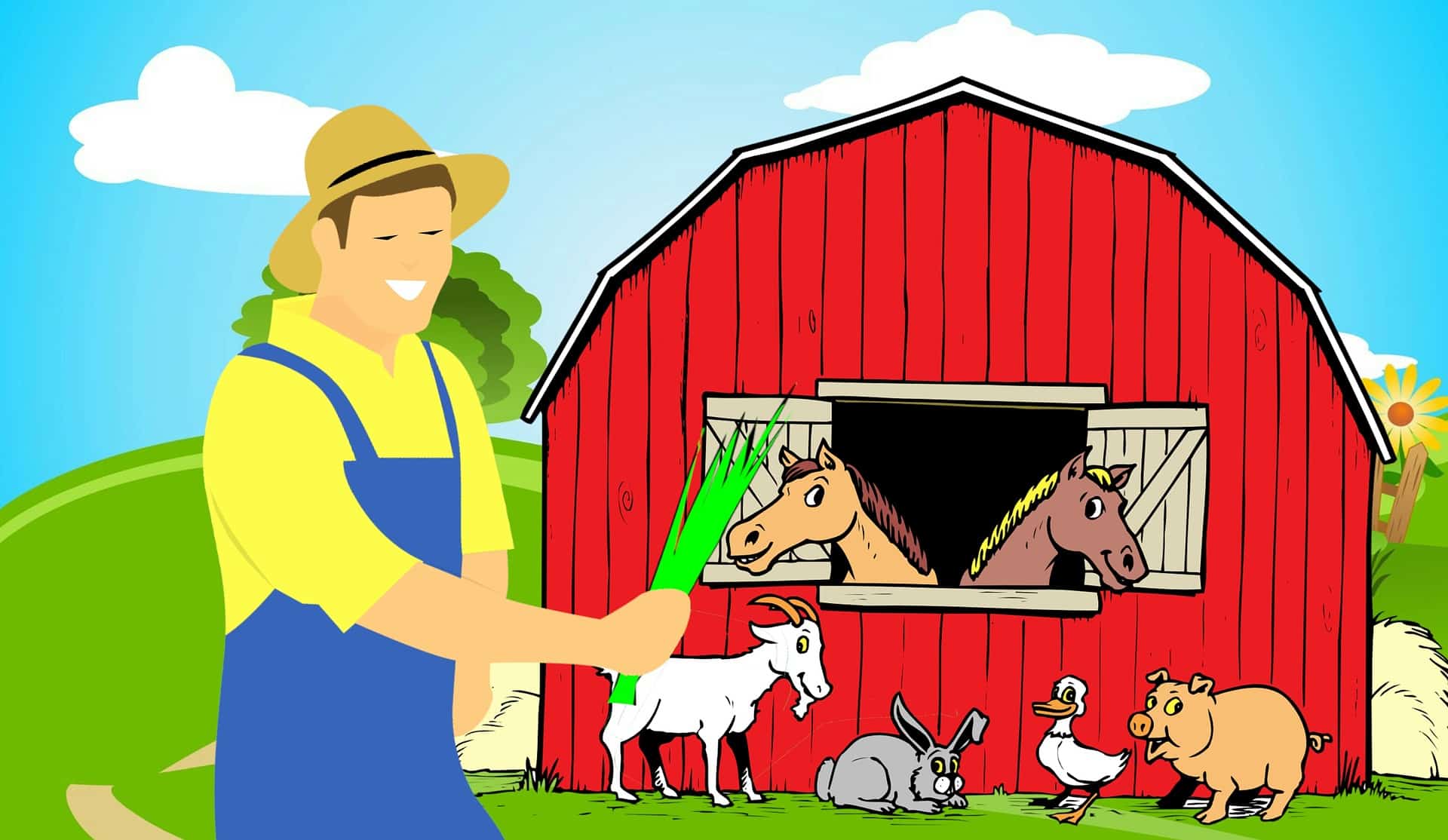Phones
Eight Ways Smartphones Can Help Farmers

Many people, regardless of their career or occupation, are turning to digital technology to improve productivity and efficiency. Farmers would be amazed at how much they could accomplish by using their device more.
1. Track soil quality
Soil quality may change rapidly, depending different factors, such as the type of crops planted, usages of fertilizer, water supply and weather. Good soil quality will ensure healthy crops and proper harvest. Wireless moisture sensors could be placed at different spots of the farm. With drip system, water is released to hydrate the soil when it’s needed based on the sensor reading. The real-time data can be read on the smartphone. With this method, farmers could use less water, which can help to conserve depleted aquifers and save money.
2. Navigate fields
In a very big farm, employees could navigate the fields and find the shortest path. In one day, workers could save 30 minutes or more going between areas in the farm. This will help to improve to improve productivity, especially if the farm has plenty of workers.
3. Identify weeds and pests
By using online resources, farmers and workers could quickly identify newly emerging weeds and pests. Everyone will be instantly notified about the new threat and its location.
4. Calculate the use of fertilizer and pesticides
Using too little chemicals won’t bring any meaningful result, while using too much may end up ruining soil quality or polluting the harvest. With mobile devices, farmers could determine the most optimum amount of chemicals to reduce costs and get the best results.
5. Check weather
Weather forecast is crucial for any farm. Farms need to get adequate rainwater to avoid depending too much on aquifer or existing irrigation system. Depending on the weather forecast, farmers could decide how much to invest on other water sources. At specific times of the year, rainfall could be unusually high. Farmers could be more prepared and irrigate the fields to avoid excess water from accumulating.
6. Interact with other farmers
Farmers need to work together, especially if they are in the same area and grow the same type of crop. They often face the same problems in the fields and market. When new pests emerge, farmers could share the best method to address them. This problem needs to be solved quickly, because pests could affect all farms in the area, if not solved simultaneously.
7. Track prices
Market developments also need to be monitored, because prices could be volatile, especially during harvest periods. With real time monitoring of prices using smartphones, farmers could sell their crops at the best moment, to get highest amount of revenue.
8. Take care of business
A farm is essentially a type of business. It produces something at a cost and sells the product for profit. Farmers need to work on the field and away from their desks most of the time. Various apps could help farmers to handle the business-side of the farm more easily, without sitting on the desk. Emails can be replied quickly and business decisions can be made on the spot, depending on information that farmers get real time from the smartphone. Farmers could be responsive to business and market changes, like any successful entrepreneur.
-

 Business5 months ago
Business5 months agoBest Technology Companies To Work For: 10 Top Picks For You
-

 Business5 months ago
Business5 months agoLatest Developments In Artificial Intelligence: 5 Best Breakthroughs
-

 Development and Hacking4 months ago
Development and Hacking4 months agoEmerging Technologies In Cyber Security: Full Guide In 2025
-

 Phones4 months ago
Phones4 months agoFind My Phone Using Google Account: Full How To Guide (5 Steps)
-

 Business4 months ago
Business4 months agoBest Tech Cities In The US: 7 Opportunities You Shouldn’t Miss Out
-

 Phones3 months ago
Phones3 months agoFind Samsung Phone: 6 Great Ways To Find Lost Or Stolen Device
-

 Phones2 months ago
Phones2 months agoAll Google Apps: Ultimate Guide For The Most Useful Ones (2025)
-

 Phones3 months ago
Phones3 months agoSwitch From iPhone To Android: 7 Reasons For Switching Sides






























